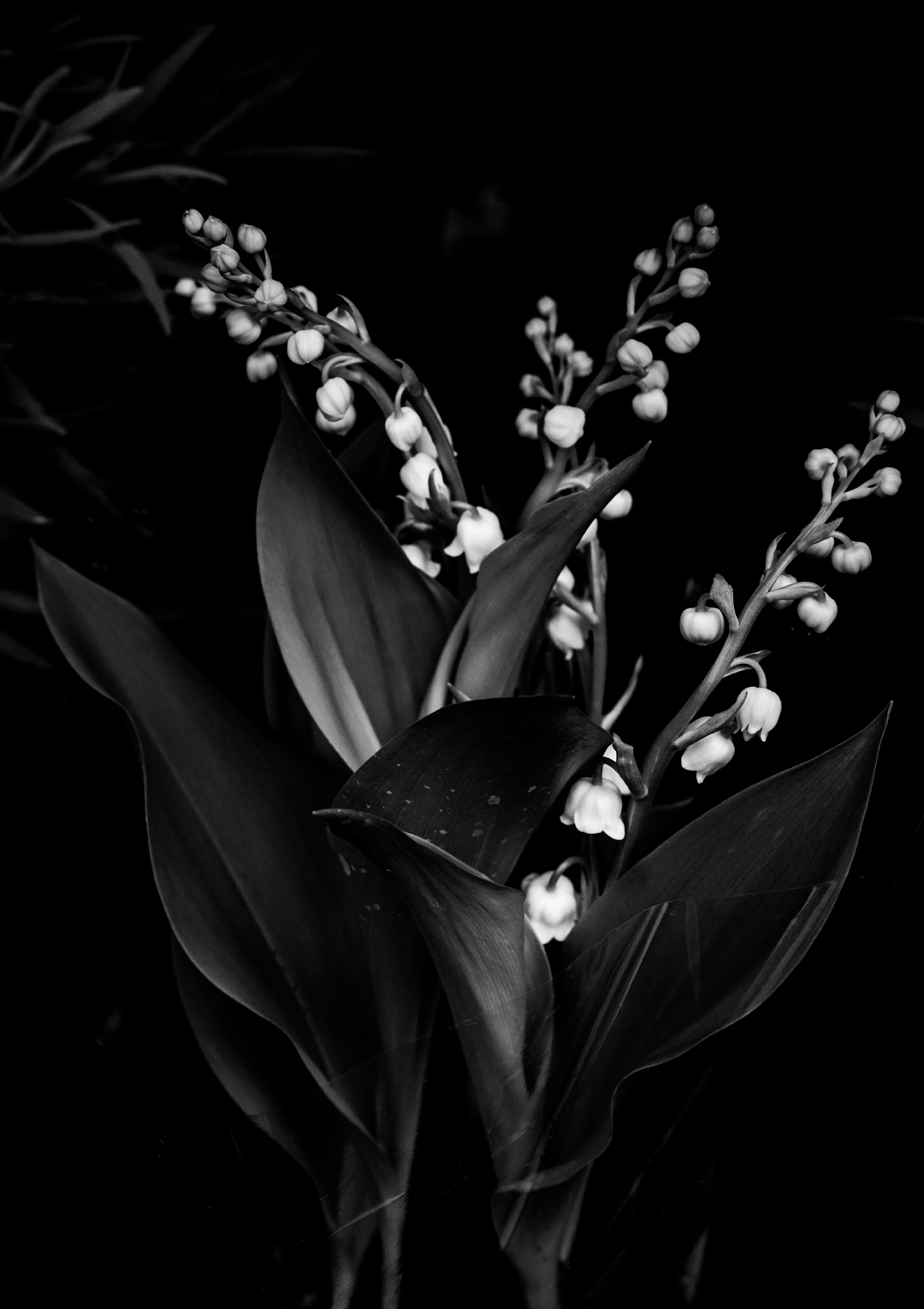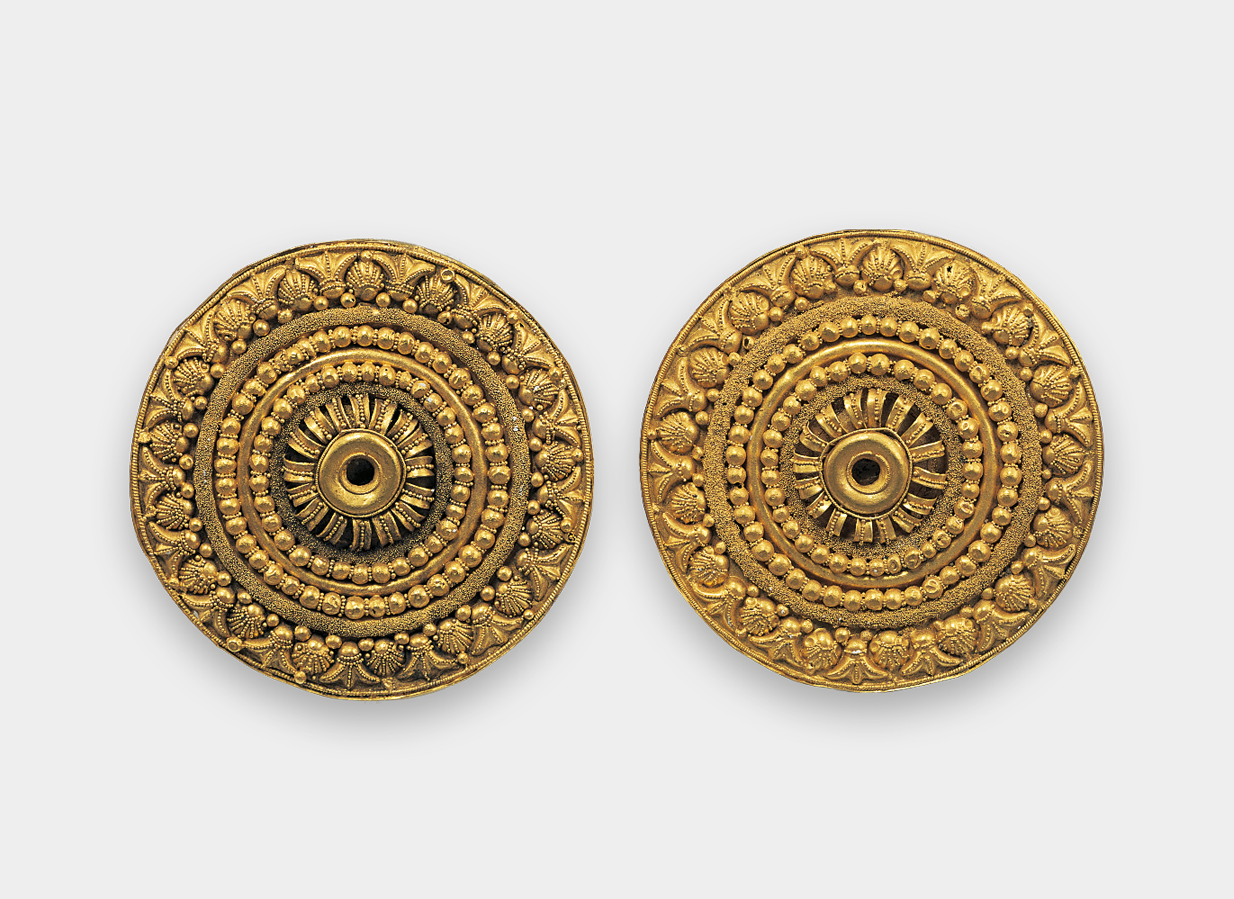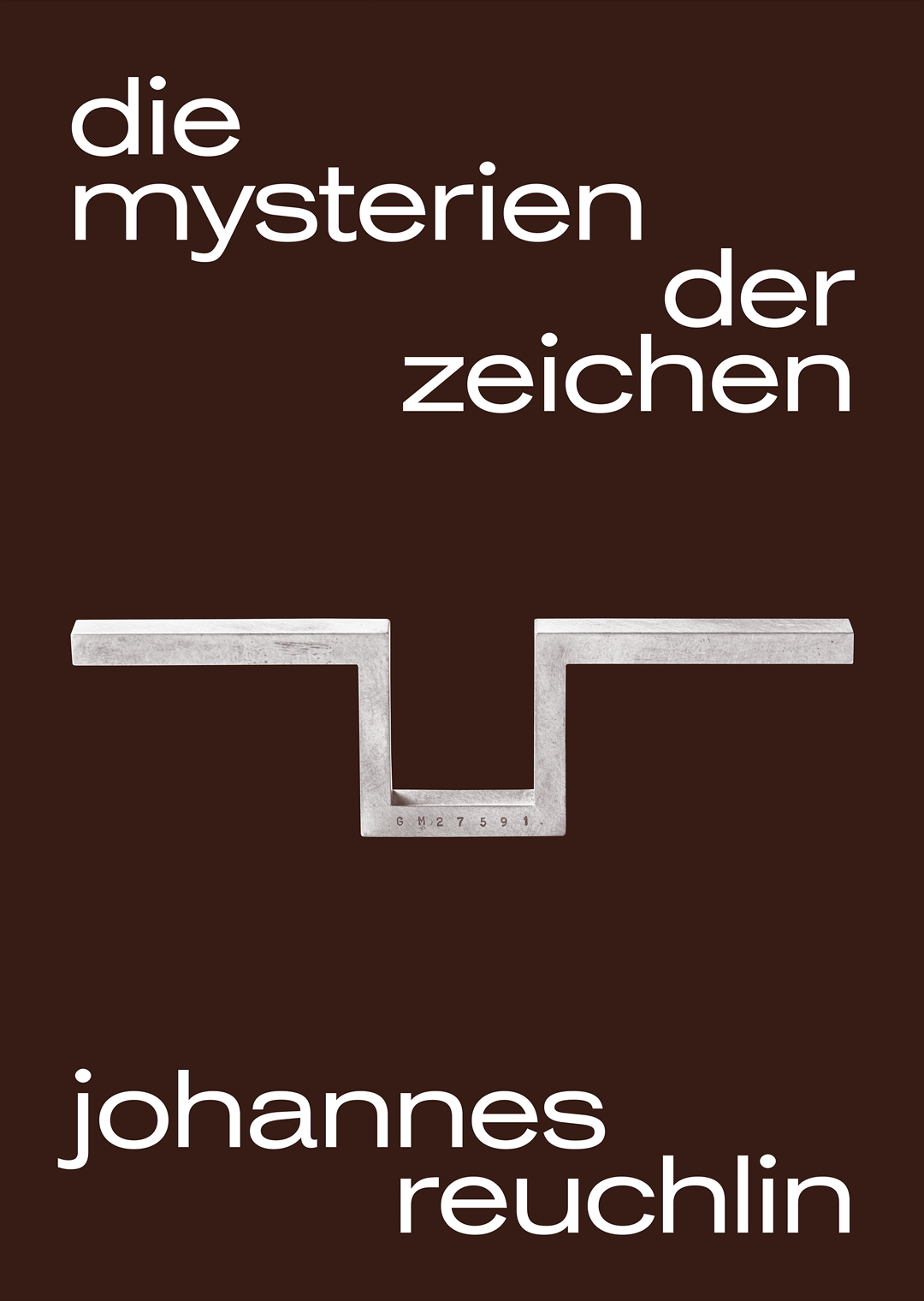Starting in 1968, Eva and Peter Herion gathered most of their collection during their travels. They favored destinations in Africa north of the equator, Central and East Asia, the South Seas, and South America, amassing artifacts such as jewelry and masks, as well as thousands of exceptional photographs that captured their travel impressions.
Peter Herion even wrote a book in 1985 that accompanied an exhibition at Schmuckmuseum Pforzheim, which included travel descriptions, landscape images, and sensitively captured portrait photos of women, men, and children wearing jewelry.
For the Herions, travel was not just a means of collecting objects but a way of broadening their horizons. They shared their collections and travel impressions with the public through several exhibitions at the Schmuckmuseum Pforzheim in 1985, 1996, and 2001. In 2006, they gave their jewelry collection to the museum on permanent loan and bequeathed it in 2020.
The Herions’ love for traveling and collecting was personally enriching and also allowed others to appreciate the beauty and cultural significance of the objects they had acquired.










